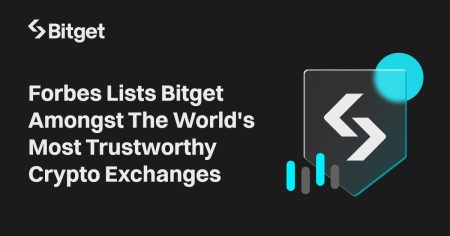India’s Web3 ecosystem has experienced significant growth, with over 1,000 startups and $2.5 billion in funding secured collectively. Bengaluru has emerged as a central hub for technology development in the country, attracting substantial investment and attention. Despite a slight decrease in funding in 2023, the number of funding rounds has remained consistent, indicating a sustained focus on early-stage innovation within the industry. This trend reflects increased involvement from early-stage investors, such as corporate venture capitalists, and highlights the potential for continued growth and development within the Indian Web3 space.
Founders of Web3 startups in India have shifted their focus towards cost-reduction strategies in response to a challenging funding environment. This has resulted in a decrease in Series A and subsequent funding rounds for these startups. The landscape is witnessing the emergence of key trends such as perpetual decentralized exchanges, on-demand digital asset retrieval platforms, middleware infrastructure projects, and scaling solutions that follow a modular approach. Funding for the Indian Web3 ecosystem has been supported by domestic and international venture capital firms, with active investors coming from regions like the US, UAE, and Southeast Asia, showcasing the global interest in India’s technology sector.
India’s position within the global Web3 developer community has solidified, with a significant increase in the country’s share from 3% in 2018 to 12% in 2023. The developer community is predominantly young, with a growing percentage of female participation. India has added 3.5 million developers to Github in 2023, demonstrating one of the highest growth rates globally. While the US remains the leader in Web3 developers, India has seen a 300% surge in developers from 2018 to 2023, showcasing the country’s rapid growth in this sector.
Ethereum has emerged as the dominant blockchain platform for infrastructure and DeFi projects in India, while Solana and Polygon are gaining popularity in consumer-centric applications like gaming and social platforms. Gaming and NFTs have become leading use cases for Web3 developers in India, attracting a significant portion of the workforce. Additionally, DeFi and real-world asset applications have also captured the interest of developers, reflecting the diverse range of projects being pursued in the Indian Web3 landscape.
In terms of cryptocurrency holdings, Bitcoin remains dominant in India, though it experienced a decline in value in 2023. Ethereum holdings, on the other hand, saw a significant surge, but also faced a decrease compared to the previous year. Meme coins like Dogecoin and Shiba Inu maintain a strong presence in the Indian cryptocurrency market, accounting for a notable portion of total holdings and regularly ranking among the top coins traded on Indian exchanges. This underscores the diverse and evolving nature of the cryptocurrency market in India.
The regulatory landscape in India has shown signs of improvement, with regulators moving away from a restrictive “ban” approach towards a more nuanced understanding of blockchain and cryptocurrencies. Despite this positive shift, uncertainties remain regarding existing regulations and the stance of banks, payment processors, and regulators. Some Indian Web3 projects and teams have opted to relocate overseas due to these challenges. Looking ahead, Hashed Emergent anticipates a future regulatory strategy for India that involves collaborating with the G20 to establish international consensus on effective regulatory frameworks for the Web3 space, while also implementing targeted domestic regulations tailored to the needs of the Indian ecosystem.













